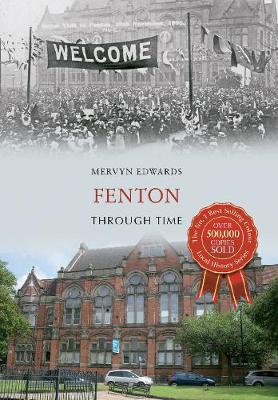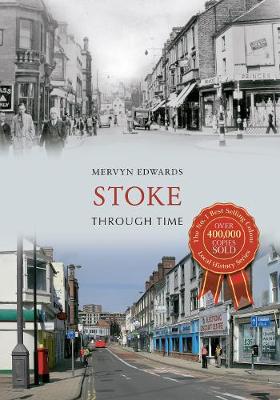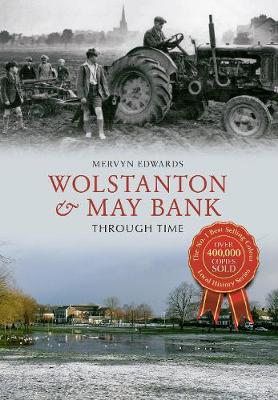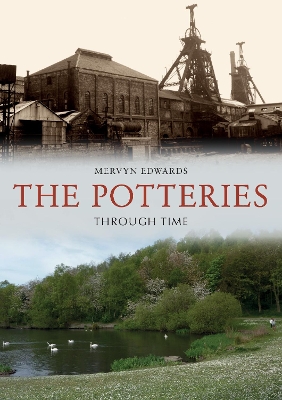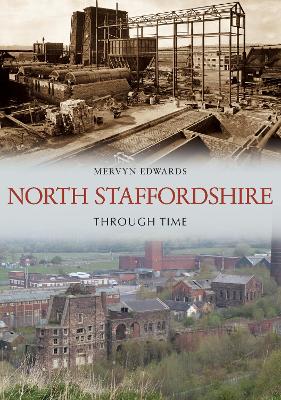Through Time
10 total works
Historically, it consisted of a number of scattered settlements radiating from that section of the old turnpike road between Stoke and Longton. Most people passed straight through it. However, the enterprise of pottery manufacturers and the prevalence of local collieries established Fenton as a town of grit and graft. Though not always a pretty place, there is no better town than Fenton to study the history of the potteries.
In his previous Through Time books, Mervyn Edwards focused upon each of the six towns individually. This latest volume explores the hills and hollows between the centres whilst also offering new archive photographs of the main towns. We find shabby backstreets cowering in the shadow of enormous coal tips – the Potteries’ own ‘black hills’ – and there are industrial hotspots and busy suburbs. Then there are the proud old chapels and pubs and the even prouder people that patronised them. Stoke-on-Trent was not a pretty place, but as the proverb tells us, ‘where there is muck there is brass’, and the fascinating landscape came to be captured by all manner of writers, artists and photographers.
This collection of archive photographs is an engaging book that charts changing times and the shifting identity of the Potteries. It will be of immense interest to local residents, visitors and all those with links to the area.
In spite of the many changes that have occurred in North Staffordshire, its towns and villages have retained their identity, with historical buildings alongside the new. This fascinating selection of old and new images of North Staffordshire will be essential reading for all those who know the area.
This fascinating selection of old and new images of the North Staffordshire Coalfield will be essential reading for all those who know the area or have family members who worked in the local coal mining industry.


